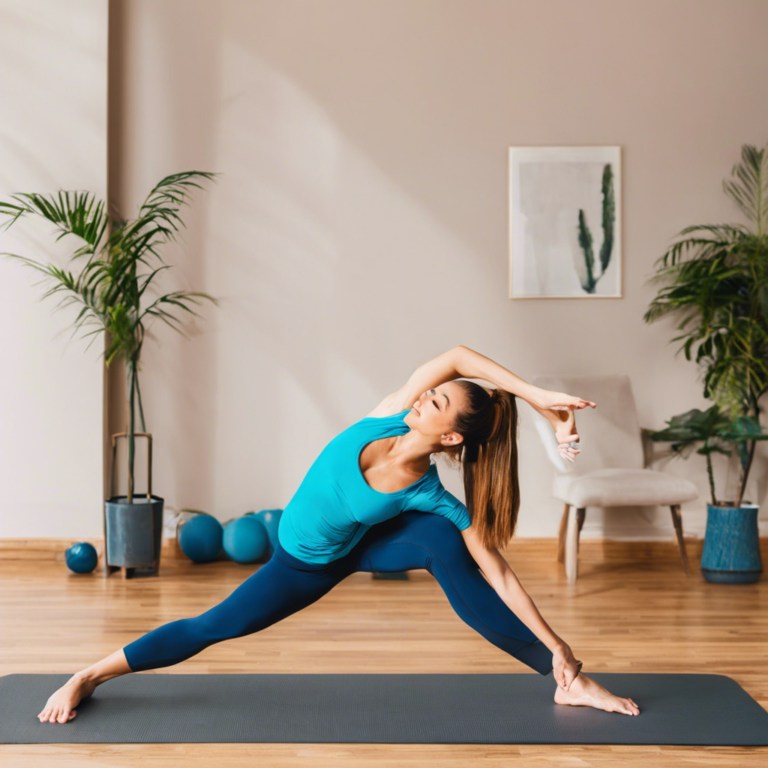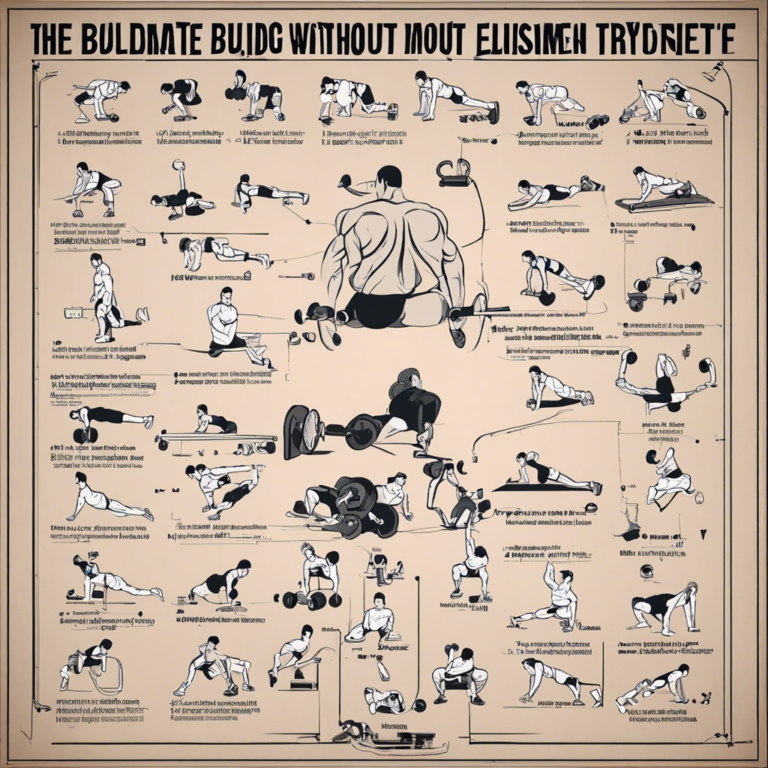Creating a workout routine that becomes a habitual part of your lifestyle can be challenging, especially with the plethora of fitness advice available at your fingertips. With so many options, it can be overwhelming to know where to start and how to create a sustainable routine. So, here’s a step-by-step guide to designing a workout regimen that you’ll stick with.
First, define your goals. Are you aiming to improve cardiovascular health, build strength, increase flexibility, or train for a specific event? Understanding your goals will help you design a targeted workout plan. For example, if you’re training for a marathon, your routine will differ significantly from someone focusing on strength training. Define your primary goal, and let it guide your decisions.
Second, be realistic and considerate of your daily life. Assess your daily schedule and obligations to determine a workout frequency and duration that you can commit to. There’s no point in planning hour-long workouts six days a week if that’s not feasible with your work, family, or social commitments. Instead, opt for a more realistic routine, such as 30-minute workouts three times a week, and gradually increase the frequency and duration as you build momentum. Consistency is key!
Variety is essential in maintaining motivation and challenging your body in new ways. Include diverse exercises that target different components of fitness, such as cardio, strength training, and flexibility work. Not only will this help prevent boredom, but it’ll also ensure you’re giving your body a well-rounded workout, promoting balanced progress. For example, if you primarily focus on running, incorporate strength training exercises like squats and push-ups to target different muscle groups and improve overall fitness.
Fitness enthusiasts and experts agree that keeping a journal is an effective way to track progress and stay motivated. Logging your workouts and their results helps you identify patterns, measure progress, and make informed decisions about your routine. For example, you might notice that increasing the weight during strength training significantly improves your performance or that a particular type of cardio exercise consistently delivers better results than others. A workout journal can also serve as a source of motivation, allowing you to reflect on how far you’ve come and encouraging you to maintain that progress.
Short, concise, and practical goals are the best way to achieve success and create long-lasting habits. When creating your workout routine, ensure you set measurable, attainable goals with clear milestones along the way. For example, instead of aiming to “lose weight,” set a goal to “walk 10,000 steps daily for a month.” This provides a tangible target and allows you to track your progress clearly. By setting realistic goals, you’re more likely to stay motivated and committed to your routine, ultimately leading to sustainable healthy habits.
Creating a workout plan that suits your needs and schedule is great, but what happens when life gets in the way, and you need to miss a session? It’s essential to plan for these instances and learn to adapt. For example, if you usually exercise outdoors and experience unexpected inclement weather, have an indoor workout routine as a backup. Or, if you’re traveling and don’t have access to your regular gym or equipment, research local alternatives or bodyweight exercises you can do anywhere. By planning for these contingencies, you’re less likely to disrupt your routine and more likely to stick to your fitness goals, even when life throws you curveballs.
One of the most significant motivators to stay on track with your workout routine is to involve others. Whether it’s a friend, family member, or a community group, having someone to exercise with or who understands your fitness journey can be incredibly encouraging. Working out with a friend can make it more enjoyable and help keep you both accountable. Joining a sports team or fitness community can also provide motivation and support, especially if you’re training for a specific event or goal. The sense of camaraderie can be a powerful tool to keep you engaged and on track, and you might even make some new friends along the way!
Creating a workout routine that sticks is all about understanding your goals, being realistic with your commitments, and adapting when life happens. By following these steps and listening to your body, you’ll be well on your way to making fitness a sustainable and enjoyable part of your lifestyle.





